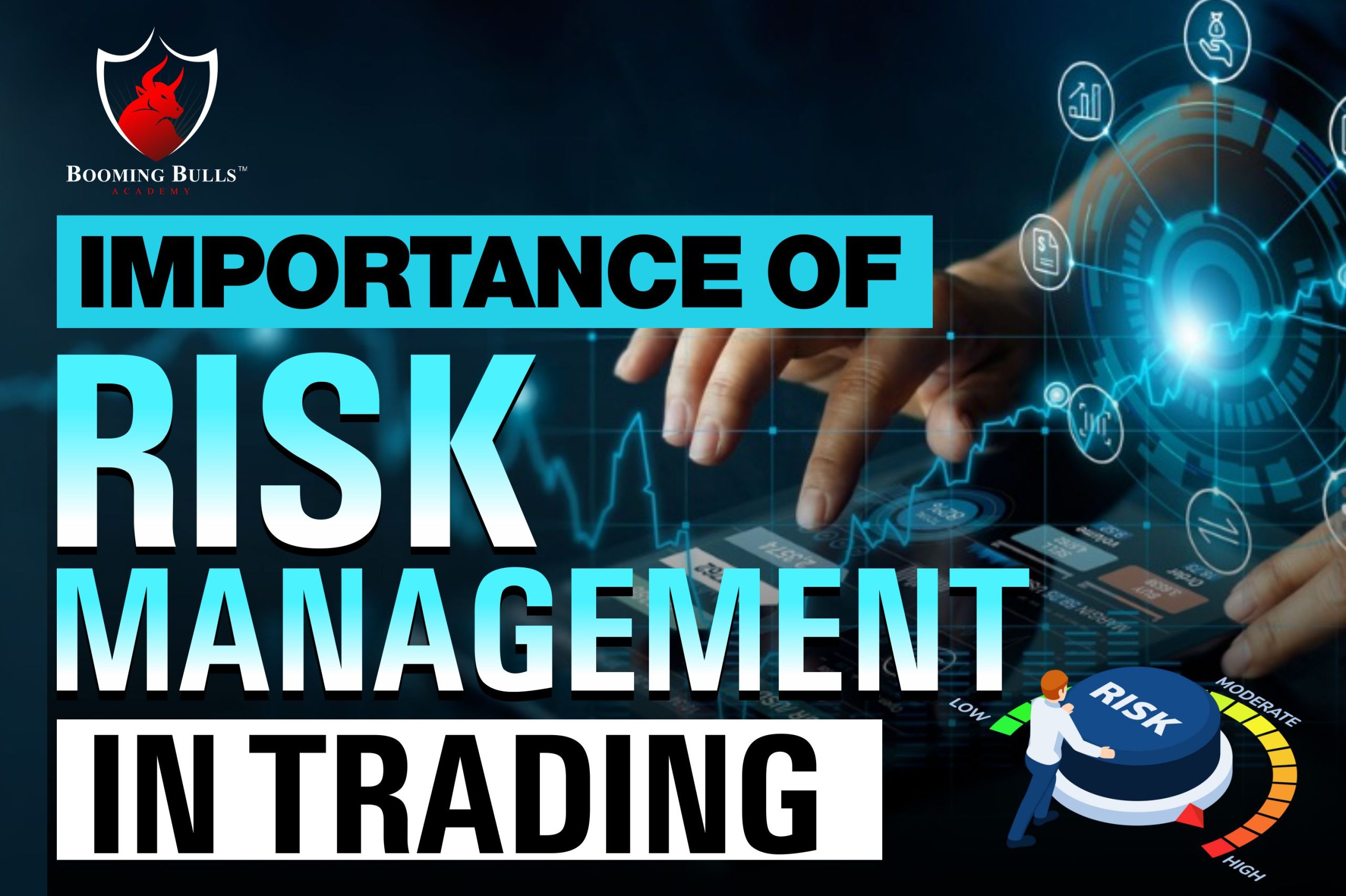Navigating the Complexities: Understanding the Importance of Risk Management
Navigating the Complexities: Understanding the Importance of Risk Management
Blog Article
The Importance of Comprehending the Relevance of Risk Management in Numerous Industries

The Core Principle of Risk Management and Its Purpose
Risk Management, the cornerstone of numerous industries, depends upon the recognition, analysis, and mitigation of uncertainties in an organization atmosphere. It is an integral practice that permits companies to safeguard their properties, track record, and general survival. By properly identifying prospective threats, organizations can develop approaches to either avoid these threats from occurring or minimize their effect. The examination process involves evaluating the probability and prospective severity of these dangers. When risks have been recognized and assessed, the reduction procedure involves designing strategies to lower their potential impact. This process is cyclical and continuous, guaranteeing that organizations are prepared for the ever-changing nature of Risk in various markets. The main function, thus, is to cultivate strength in the middle of unpredictabilities.
Benefits of Executing Risk Management in Organization Workflow

Unveiling the Role of Risk Management in Different Industries
While every industry faces its unique set of threats, the implementation of Risk Management approaches stays an usual denominator in their pursuit of sustainability and growth. In the medical care industry, Risk Management involves making certain person safety and security and data protection, while in financing, it entails mitigating financial investment threats and ensuring regulative conformity. Inevitably, the function of Risk Management across industries is to identify, evaluate, and mitigate risks.
Real-life Study Showing Successful Risk Management
To recognize the relevance of Risk Management in these lots of sectors, one can look to numerous real-life circumstances that highlight the effective application of these measures. Toyota, post the 2011 quake in Japan, modified its supply chain Management to reduce disruption risks. These instances show exactly how industries, learning from dilemmas, effectively used Risk Management methods to lower future threats.
Future Trends and Developments in Risk Management Methods
As the world proceeds to evolve, so as well do the patterns and growths in Risk Management approaches. Quick innovations in innovation and data analytics are reshaping the Risk landscape. Large data and AI are now important in anticipating and reducing dangers. Organizations are leveraging these tools to develop predictive versions and make data-driven decisions. Cybersecurity, when an outer worry, has actually catapulted to the center of Risk Management, with approaches concentrating on detection, websites avoidance, and reaction. The combination of ESG (Environmental, Social, Governance) variables right into Risk Management is another expanding pattern, mirroring the raising acknowledgment of the function that ecological and social threats play in organization sustainability. Thus, the future of Risk Management hinges on the fusion of advanced innovation, cutting-edge approaches, and an all natural method.
Conclusion
In verdict, comprehending the value of Risk Management across a spectrum of markets is critical for their durability and success. Tailored techniques can help reduce possible threats, safeguard properties, and foster stakeholder count on. Furthermore, aggressive decision-making help in governing conformity and enhances resource usage. Inevitably, successful Risk Management adds to more sustainable and durable organizations, highlighting the importance of this practice in continue reading this today's vibrant and extremely affordable service atmosphere.
While every sector faces its special collection of dangers, the application of Risk Management methods remains an usual denominator in their search of sustainability and development. In the healthcare sector, Risk Management involves making sure patient safety and information protection, while in financing, it entails mitigating investment risks and making sure regulatory compliance. Inevitably, the more helpful hints duty of Risk Management across industries is to recognize, examine, and mitigate threats. These cases show exactly how sectors, learning from situations, efficiently used Risk Management methods to reduce future dangers.

Report this page